Canal Tunnels; canals beneath the hills
Building tunnels was probably the most difficult engineering task facing the early canal builders. They avoided them wherever possible, taking winding routes around hills, as on the Oxford Canal, or climbing up and over the hills, as on the Rochdale Canal. However both increased journey times, and the extra locks often led to water shortages at the higher levels.
Tunnels were usually built by laying out the straight route across the hilltop and then sinking a number of shafts. The shafts were aligned on the surface using a telescope. Digging began in both directions from the bottom of all the shafts, and from the tunnel entrances. Surveying techniques were basic at first, using plumblines. The early tunnellers were miners who were not used to taking accurate headings, so the horizontal shafts sometimes didn’t meet up correctly, The very early Saltersford Tunnel on the Trent & Mersey Canal has an ‘dog-leg’ kink in the middle! Tunnellers often met underground water, quicksand and difficult rock formations and many lives were lost and extra costs and time involved. The first Harecastle Tunnel took eleven years to complete.
Tunnels were usually brick lined but subsidence frequently caused problems, closing a number of tunnels including Lapal on the Birmingham system and the original Harecastle Tunnel, and requiring lengthy repairs as at Blisworth and Preston Brook.
Few early tunnels had towpaths, so the horse would walk over the top and the crew, possibly with some local helpers, would “leg” the boat through, pushing with their feet against the tunnel sides or roof. This was a slow and arduous job, often taking two or three hours and causing considerable bottlenecks, especially if the tunnel was too narrow for boats to pass. Some tunnels had ropes or chains connected to the walls to pull boats through on. Later steam or electric tugs were used before powered narrowboats became common.
Blisworth Tunnel on the Grand Union Canal was for a while the longest operating tunnel on the system at 3056 yards. Underground watercourses caused considerable damage to the lining and it was closed for four years in the eighties for rebuilding of the centre section using preformed concrete sections. There is no towing path but it is broad enough to allow two narrowboats to pass. Wideboats can also pass through but passages need to be booked so that they do not meet narrowboats coming in the opposite direction.
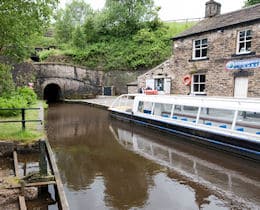
Eastern portal of Standedge Tunnel
However the reopening in 2001 of the Huddersfield Narrow Canal has given Standedge Tunnel back its ‘longest UK canal tunnel’ title at 5456 yards. It also claims the honours of being the highest and deepest tunnel, 636 feet below the Pennine moor at the deepest point and 643 feet above sea level!
Sapperton Tunnel on the Thames & Severn Canal (3817 yards) and Lappal Tunnel on the Dudley No. 2 Canal (3795 yards) are both closed , though both have hopes of eventual restoration.
All materials and images © Canal Junction Ltd. Dalton House, 35 Chester St, Wrexham LL13 8AH. No unauthorised reproduction.
About
| Terms
| Privacy |
Returns |
Sitemap
| Contact Us
Web Hosting & Development
With over 800 pages, this website uses cookies to record visitor behaviour using Google Analytics. More information on Privacy Page. Page last updated: 15/10/2025.
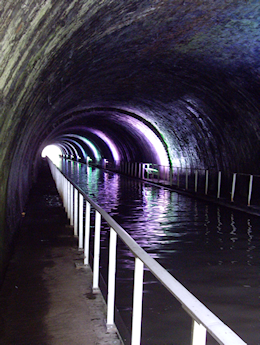

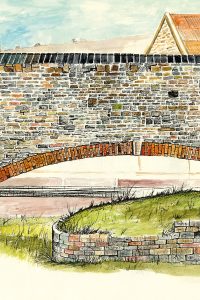
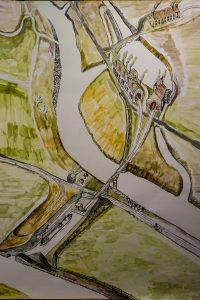
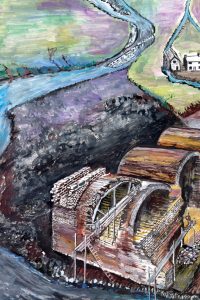
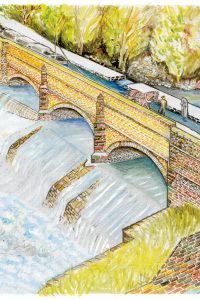
Back to Menu....
Canal Heritage >>
Engineering >>